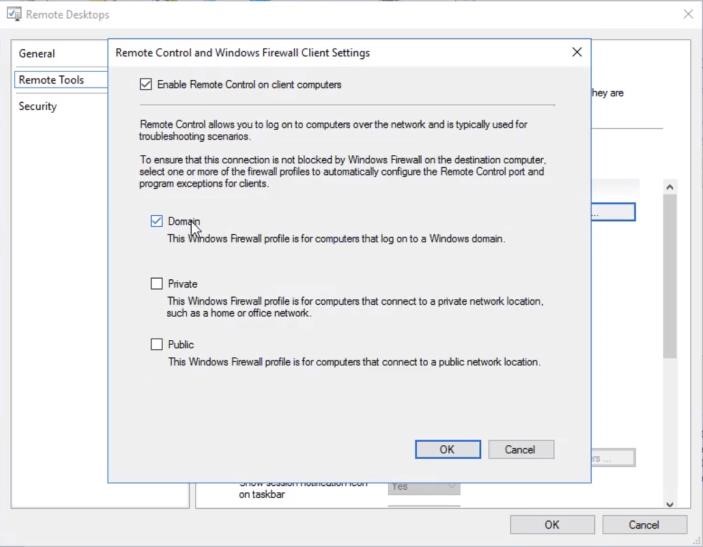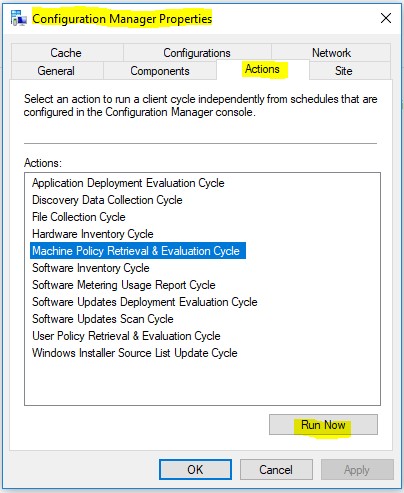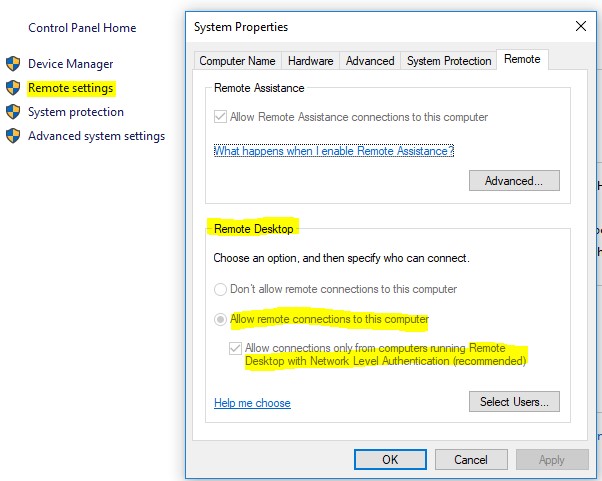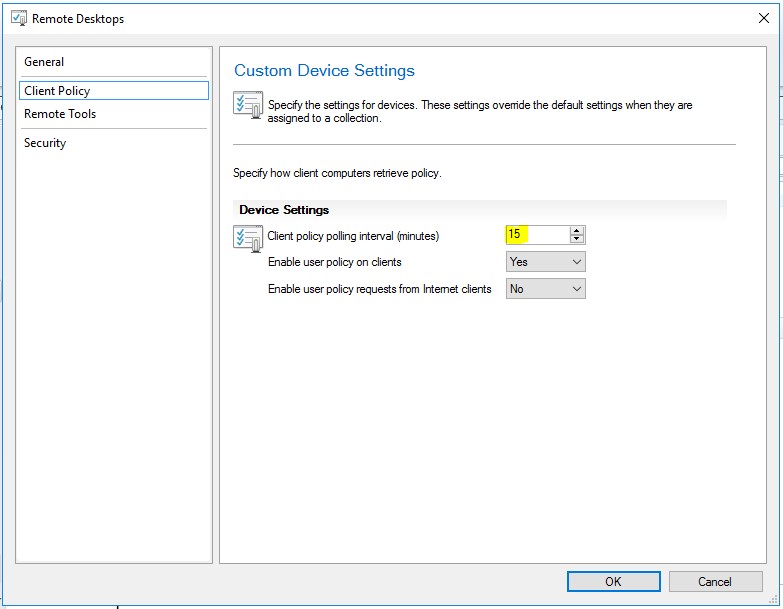Cannot Establish a Remote Desktop Connection from SSCM to a Client – Alstud

Full-Access Members Only
Sorry, this lesson is only available to Server Academy Full-Access members. Become a Full-Access member now and get instant access to this and many more premium courses. Click the button below and get instant access now.
Instructions
Q&A (0)
Notes (0)
Resources (0)

Saving Progress...
Resources
There are no resources for this lesson.
Notes can be saved and accessed anywhere in the course. They also double as bookmarks so you can quickly review important lesson material.
This lecture is referring to the Section User and Device Collections and the lecture called Using Collections to turn on the Remote Control Feature.
Alstud submitted a question to the message board recently. He wanted to know why he could not access his Windows 10 computer using a remote desktop from Configuration Manager. Later he also mentioned that his network was slow as well. Alstud, came up with a solution that we will discuss shortly.
First, I would check the possible causes as mentioned in the slide.
- Be sure the windows 10 computer is turned on
- You should be able to ping the Windows 10 computer from the SCCM Server.
- The windows firewall is not configured to allow remote control
If you configured the client settings correctly the firewall should have been configured to open the needed ports for the firewall.
- The Remote Control Feature is disabled.

The Remote Control Feature is disabled.
By default Windows 10 remote desktop is disabled. That is the purpose of deploying the remote desktop custom client settings.
Alstud found a method to manually force the deployment of the remote desktop custom client settings, from the client computer and not from the SCCM server.
By default, the SCCM server can take an hour to push out the custom client settings.
From the windows 10 computer open control panel, Configuration Manager, click Actions, click Machine Policy Retrieval & Evaluation Cycle, click run now, click ok.

Basically, Alstud forced the remote desktop client settings to run manually on the Windows 10 computer, this enabled the remote desktop feature.

Manual configuration is fine in a lab environment, but just imagine if you had computers spread all over the country, you will need to automate this process.
The Remote Desktop client settings as configured in the lecture “Using Collections to turn on the Remote Control Feature” will (turn on) remote desktop on the client. But the (time interval) by default is scheduled to run in one hour. This setting can be modified to force these client settings to the client faster.
From the SCCM server open configuration manager from the workspace click Administration, from the Navigation Pane click Client Settings, right-click Remote Desktops, click properties, check client Policy.
On the left-hand side, click Client Policy, from the Client Policy Polling interval change the default time of 60 minutes to 15 minutes, click ok. After about 15 minutes the client settings will be applied to all the computers in your collection, enabling remote desktop.

Alstud mentioned that his network was slow, which could be part of the reason why his target computer never received the client settings to enable remote desktop.
Regardless of which method you choose to use, either method will push out the remote desktop client settings much faster.
Special thanks to Alstud, for submitting his resolution to this issue.
Congratulations you have completed this lecture, thanks for watching and we will see you in the next lecture.

Server Academy Members Only
Sorry, this lesson is only available to Server Academy Full Access members. Become a Full-Access Member now and you’ll get instant access to all of our courses.


